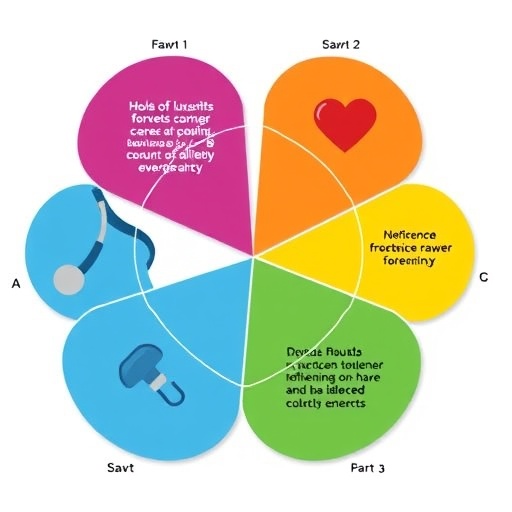About 1 in 8 women report infertility in the US — but women with higher incomes and education levels are significantly more likely to seek fertility treatment than other groups
ANN ARBOR, Mich. – Despite similar rates of infertility among all socioeconomic groups, white women, women with higher education levels, and women with higher incomes are at least twice as likely to seek treatment as other groups of women, new research suggests.
Nearly 12.5 % of women – or about 1 in 8 – in a Michigan Medicine study reported experiencing infertility. While older age was linked to higher infertility rates, a woman’s race and ethnicity, education and income did not appear to influence her chance of conceiving.
However, those with higher education and income levels were significantly more likely to get infertility treatment, researchers report in journal Fertility and Sterility.
“Our study highlights important unmet infertility needs at a national level,” says senior author James Dupree, M.D., M.P.H., a Michigan Medicine urologist and member of the University of Michigan Institute for Healthcare Policy and Innovation.
“While infertility prevalence is equal among women of varying socioeconomic, education and racial and ethnic backgrounds, our findings suggest several significant disparities among women accessing infertility care.”
The study included responses from a nationally-representative sample of 2,502 reproductive-aged participants aged 20 to 44. Researchers used data from the National Health and Nutrition Examination Survey (NHANES) between 2013-2016, which reflects an estimated weighted population of 45.6 million women.
More than 80 % of women with a college degree or higher who reported infertility saw a medical provider – compared to just 33 % of women with a high school degree or less, the study suggests. More than two thirds of women with household incomes greater than $100,000 who reported infertility also sought care – compared to a third of women from households making $25,000 or less.
Uninsured women experiencing infertility also reported fewer medical visits that insured women having issues getting pregnant (39 percent compared to 65 percent.)
“Infertility is a medical disease and we hope to better understand existing disparities that may hinder care,” says lead author Angela Kelley, M.D., an OB-GYN at the University of Michigan’s Von Voigtlander Women’s Hospital.
“More research is needed to assist policymakers and medical providers in their efforts to improve diagnosis and treatment for infertility, particularly among underserved women.”
Researchers looked at two questions participants answered in the NHANES survey, including whether they had ever attempted to get pregnant over the last year without pregnancy and whether they had seen a medical provider because they were unable to conceive.
Infertility prevalence in the study was nearly twice that of previous estimates by the National Survey of Family Growth (NSFG) which reported a 6.7 percent rate of infertility. Authors point to different measures of infertility as a possible explanation. Previously reported data was limited to women who were married or cohabitating and trying to conceive with the same partner for at least 12 months.
The higher infertility rates may also be influenced by recall bias among women because they were interviewed about infertility and care retrospectively.
Another limitation was that the data also was not able to show whether state-mandated insurance coverage to cover some infertility care (available in 16 states) influenced reported access to infertility care.
However, authors say the study provides the most current information available to date on infertility prevalence and accessing care on a national scale and should be used to improve care for women who experience infertility.
“We hope these findings spur more research and policy changes to address inequities in infertility access,” Kelley says. “Clinicians may also consider outreach to target specific, under-represented and under-served patient populations who may not seek infertility care but who would benefit from seeing a provider.”
###
Media Contact
Beata Mostafavi
[email protected]




